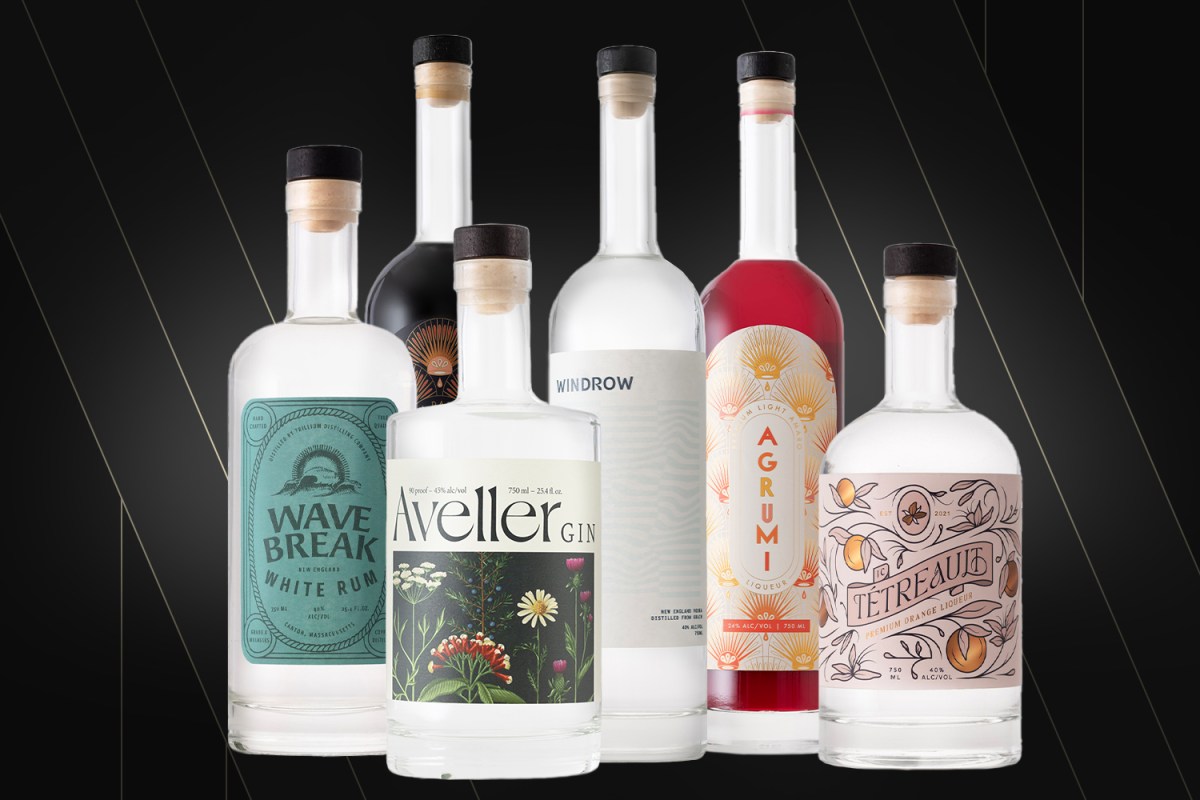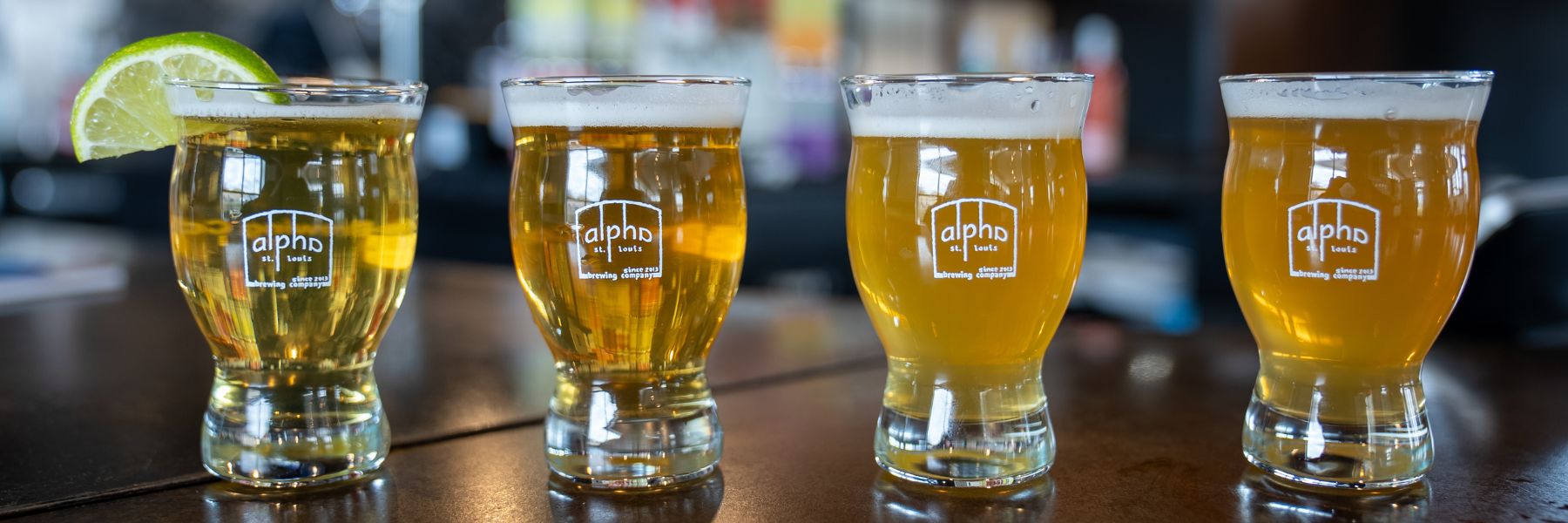Seawall Bar: Take Pleasure In Top-Notch Cocktails and Stunning Views in Galveston
Seawall Bar: Take Pleasure In Top-Notch Cocktails and Stunning Views in Galveston
Blog Article
From Mash to Bottle: The Complexities of Craft Distillery Manufacturing Revealed
Craft distillery production is a careful procedure that involves a series of elaborate steps to change raw ingredients into a refined spirit prepared for usage. From the preliminary phases of mash prep work to the last touches of identifying and bottling, each stage of manufacturing plays a vital duty in forming the personality and quality of the last item (Galveston Whiskey). As we unwind the complexities of craft distillery manufacturing, we will certainly discover the creativity and scientific research behind each action, clarifying the hidden globe that finishes in the production of a phenomenal and one-of-a-kind spirit
The Art of Mash Prep Work
Mash preparation in craft distillery production is a meticulous procedure that lays the foundation for the high quality and flavor account of the last distilled spirits. The art of mash preparation involves combining grains such as barley, corn, rye, or wheat with water and enzymes to transform the starches right into fermentable sugars. This vital step calls for precision in the selection of grains, water quality, and enzyme task to guarantee optimum sugar removal during fermentation.
Craft distilleries take great treatment in sourcing top notch grains as they directly impact the taste and character of the spirits. The percentages of different grains used in the mash costs are additionally carefully computed to accomplish the desired taste profile. Additionally, variables such as water temperature level, pH levels, and blending techniques play a substantial duty in the mashing process.
As soon as the mash is prepared, it goes through fermentation, where yeast is added to convert sugars right into alcohol. The quality of the mash straight influences the performance of fermentation and eventually, the general top quality of the distilled spirits. Craft distilleries pride themselves on their focus to detail during mash preparation, recognizing its relevance in creating exceptional spirits.
Fermentation: Changing Components Into Alcohol
How do craft distilleries change meticulously prepared components into alcohol via the process of fermentation? Fermentation is a critical action in craft distillery manufacturing where yeast connects with sugars to create alcohol. After the mash preparation stage, the liquid, understood as wort, is transferred to fermentation tanks. Yeast is then added to the wort, where it eats the sugars existing in the combination, transforming them into alcohol and carbon dioxide.

Throughout fermentation, the temperature level and environment are very closely monitored to ensure optimum problems for yeast activity. This process generally takes several days to a week, relying on the wanted alcohol web content and taste profile. As the yeast works its magic, the liquid goes through significant chemical changes, leading to the formation of alcohol.
When fermentation is complete, the resulting liquid is understood as the wash or beer. This alcoholic liquid works as the structure for the subsequent distillation process, where it will be transformed right into the final spirit through cautious craftsmanship and precision strategies.
Distillation Methods and Tools
Utilizing customized devices and specific strategies, craft distilleries utilize numerous distillation methods to extract and improve the alcohol content of the fermented clean, ultimately shaping the character and high quality of the last spirit. Crossbreed stills integrate aspects of both pot and column stills, offering distillers versatility in crafting a diverse range of spirits. Craft distillers typically experiment with different devices arrangements and purification techniques to attain outstanding and special spirits that mirror their creative thinking find more info and competence.
Aging Refine: From Barrel to Container
With the distilled spirits now prepared, the focus moves towards the critical point of the aging process, where the transformation from barrel to bottle imbues the fluid with distinctive tastes and attributes. Aging plays a pivotal function in the advancement of the spirit, as it connects with the wood of the barrels. The choice of barrel kind, whether oak, charred, or previously made use of for various other spirits, significantly influences the final taste see account. Throughout aging, the spirit undergoes a complex collection of chain reactions that boost its taste, color, and aroma.

Bottling and Labeling: Final Touches
Upon completion of the aging process, the craft distillery thoroughly continues with the precise tasks of labeling and bottling, adding the final touches that will offer the spirit to customers. Craft distilleries commonly make use of automated bottling lines furnished with equipment such as cappers, labelers, and fillers to streamline the procedure.
Classifying is one more essential aspect of the bottling process. Distilleries pay close focus to classify style, guaranteeing it follows regulative requirements while likewise sharing the brand's identity. Labels often include essential info like the spirit's name, alcohol content, and beginning. In addition, some craft distilleries hand-label their containers for a tailored touch, particularly for restricted edition releases.
Once the containers are loaded, sealed, and labeled, they undergo a final examination to ensure they meet blog the distillery's requirements. This interest to information in the bottling and labeling procedure shows the craft distillery's dedication to providing a premium product to consumers.

Final Thought
In conclusion, the process of craft distillery manufacturing includes precise steps such as mash prep work, fermentation, distillation, aging, and bottling (Breweries in Galveston Texas). Each stage requires mindful attention to detail and specific devices to guarantee the end product meets high standards of top quality. From transforming active ingredients right into alcohol to bottling and identifying the completed item, craft distilleries showcase the art and scientific research behind developing exceptional spirits for critical consumers
Craft distillery manufacturing is a thorough procedure that includes a collection of intricate steps to change raw active ingredients right into a refined spirit all set for intake.Mash prep work in craft distillery manufacturing is a precise procedure that lays the foundation for the quality and taste profile of the last distilled spirits. Craft distilleries pride themselves on their interest to detail during mash prep work, recognizing its relevance in developing exceptional spirits.
Upon conclusion of the aging procedure, the craft distillery thoroughly continues with the thorough tasks of classifying and bottling, adding the final touches that will certainly provide the spirit to customers. From transforming components into alcohol to bottling and identifying the finished item, craft distilleries display the art and scientific research behind producing exceptional spirits for critical consumers.
Report this page